How To Treat Blackheads, Whiteheads, and Milia: Effective Treatments and Prevention
This post may contain affiliate links. That means that if you click on a link and purchase something I recommend, I will receive a small commission at no extra cost to you. As an Amazon Associate, I earn from qualifying purchases. This helps keep my website up and running and is very appreciated. Thank you for your support! Disclaimer
Hi everyone! In today’s article, I’m going to discuss the differences between blackheads, milia, whiteheads, pustules, and all those pesky little dots that you may or may not have on your face. I’ll cover what causes them and how you can prevent and treat them. So, without further ado, let’s dive in!
If you don’t have time to read this post right now, why not save it for later?
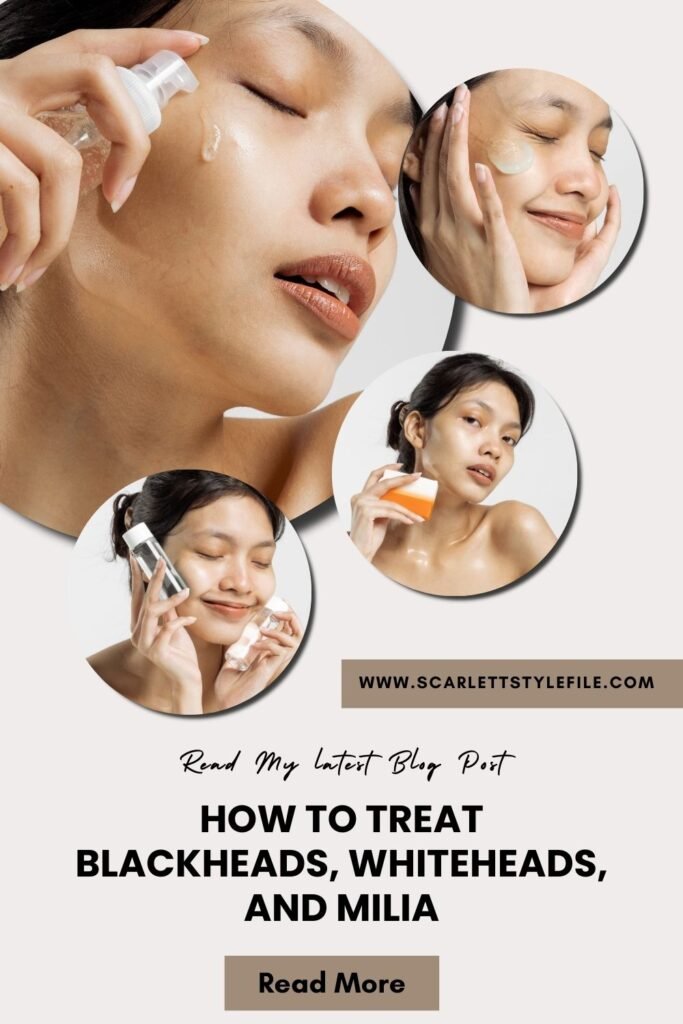
How To Treat Blackheads, Whiteheads, and Milia
Blackheads vs. Whiteheads vs. Milia
The first thing first let’s start by clearing up some confusion. What exactly are blackheads, whiteheads, pustules, and milia? These terms are often used interchangeably, leading to confusion.
What’s a Blackheads ?
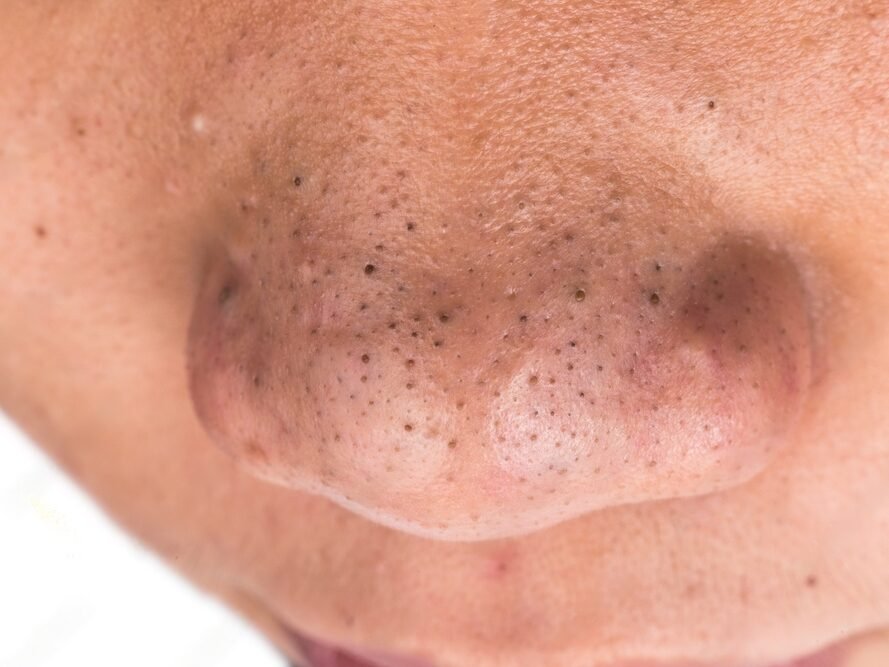
A blackhead is a tiny black dot on your skin. It forms when a pore, which is the small opening on your skin’s surface, gets clogged with dirt and oil. When this mixture of dirt and oil is exposed to air, it turns black, hence the name ‘blackhead.’ These clogs happen because your skin produces too much oil, and the dirt and oil get stuck in the pores and hair follicles.
What causes a blackhead ?
When guys hit their teenage years, their bodies produce more male hormones, which can make their skin oily and lead to blackheads. Also, certain substances in our bodies called pro-inflammatory cytokines can cause inflammation and make our skin even oilier. Bacteria on our skin munch on this extra oil and make something called free fatty acids, which can block our pores and create more blackheads.
I personally noticed more blackheads on my skin in the period between 2020 and 2021 when I wore masks a lot. I think it happened because my skin got too sweaty under the mask, making it moist. Too much moisture will clog your pores and cause blackheads. Plus, when your skin’s protective barrier is damaged, it’s easier for junk and bacteria to fill up your pores and form blackheads.So, don’t scrub your skin too hard or use harsh products that can damage your skin barrier.
And lastly I don’t want to sound like an annoying mom but seriously, why are people still smoking in 2024? Smoking and vaping are terrible habits . Apart from the obvious health risks, it’s bad for your skin too. Smoking is a major cause of blackheads and whiteheads. So, even if you don’t care about your lungs, think about your skin. Quit smoking for the sake of your appearance because I promise you nobody find smokers hot.
High-glycemic index foods, while tasty in moderation, can also wreak havoc on your skin by boosting sebum production and causing breakouts. So, watch what you eat and consider ditching unhealthy habits for clearer, smoother skin.
how can you prevent your blackheads?
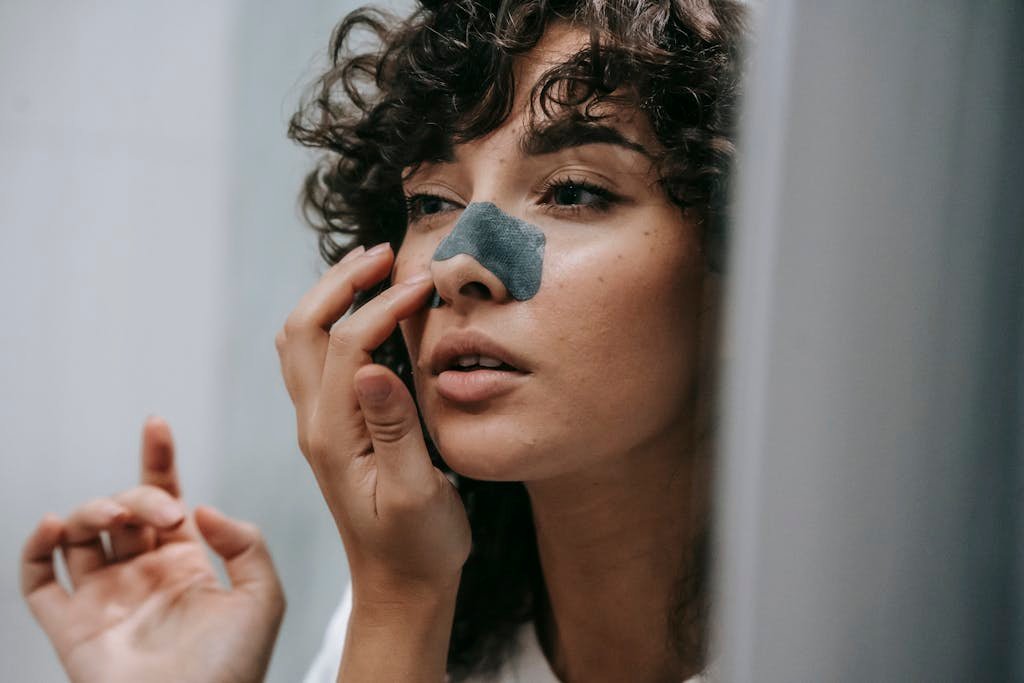
If I had to pick my first nemesis in life, it would definitely be blackheads. Seriously, these things were the absolute worst during my teenage years. But don’t worry, I’ve got plenty of ways to prevent them, and I could talk about it all day. But I’m gonna keep it simple with three specific steps.
Number one, I would say prioritize using oil-free products for your skincare routine. Opt for lightweight moisturizers that are specifically labeled as oil-free. I love, and I’ve said this before, the Aveeno Calming Restore Gel Moisturizer.
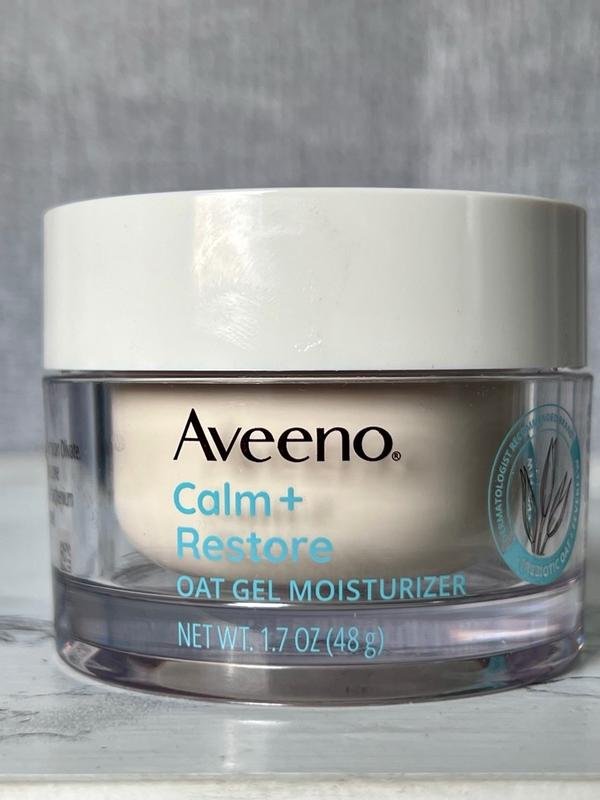
Gel moisturizers are typically oil-free, making them gentler on oily skin and less likely to clog pores, This is a great one to start with, especially if you have a lot of blackheads. But it’s important to note that moisturizing regularly is still essential.
If you’re someone who wears a mask for long periods, like healthcare professionals or lab workers, you may find you can skip moisturizer during the day. For example, my fiancé, who’s a dermatologist, no longer moisturizes during the week because he wears a mask for around 10 hours a day. Instead, he applies vitamin C serum and sunscreen before heading out to the clinic and that’s it.
So, the key takeaway here is to prioritize oil-free products and adjust your moisturizing routine based on your daily activities and skin needs.
Number two, stop smoking. Whether it’s for your overall health or simply for the sake of your appearance, I’m not gonna go down that rabbit hole again so yeah Just stop . Not only will it benefit your lungs, but your skin will also appear healthier, with a more vibrant complexion and less of a yellow, hollow, or sallow appearance.
Number three , focuses on using a foam wash regularly at night to help regulate oil production. If you have excessively oily skin like mine, you might need to wash twice a day with a foam cleanser. However, if that’s not the case for you, find a washing routine that suits your skin to balance oil production.
I’m a big fan of oil cleansers. Let’s dive into some recommendations. One I particularly like is the La Roche-Posay Toleriane Purifying Foaming Cleanser. It’s a fantastic unscented option enriched with ceramides and niacinamide, which can help restore your skin barrier and reduce inflammation. It’s a reliable choice that I highly recommend.
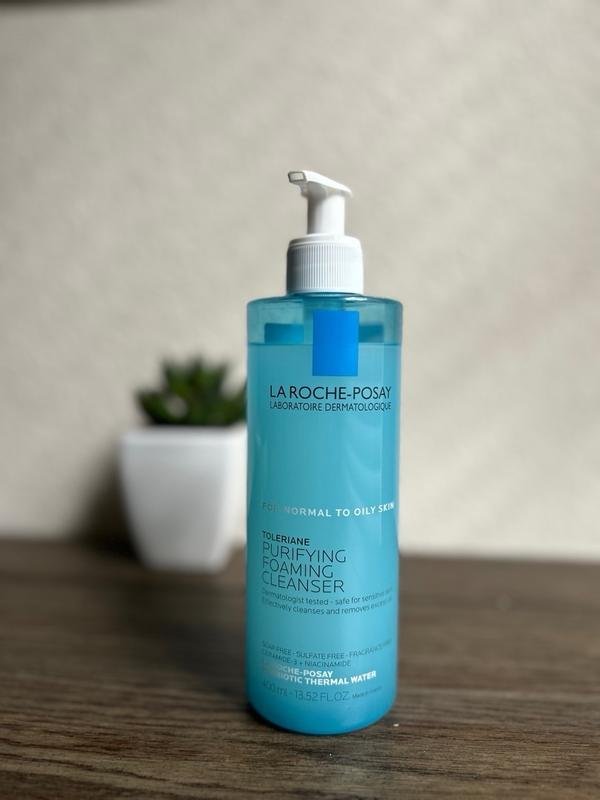
Another foam cleanser that I have recently discovered and it’s worth mentioning is the Foam Around by In Beauty Project. It’s a fun option that’s gentle and not too harsh on the skin. A little goes a long way with this one, although it does have a slight scent, so just keep that in mind. Overall, it’s a the third product from In Beauty Project that I’ve actually enjoyed using.
how to treat blackheads?
Now, how do we treat the blackheads once they show up? First off, wash your face two to three times a week with a benzoyl peroxide wash. Why? Because you’re going to help kill the bacteria on your skin that leads to blackheads.
So, PanOxyl is a great option. How do I use it? I simply apply it on my face, letting it sit for two or three minutes, then rinse it off in the shower. Now, word for the wise: people often times with actives and cleansers don’t let the actives do the job and literally wash the actives down the drain. So, if you’re going to use this two to three times a week, don’t rush this step; give the product time to work before washing it away.
Salicylic acid as a BHA is a great choice for tackling blackheads because it’s an exfoliating acid that targets oil. I recommend trying Neutrogena Oil-Free Salicylic Acid Acne Face Wash. Apply it to your face and leave it on for a bit before rinsing off.
Now, if you don’t have the patience to do that, Effaclar by la Roche Posay offers a 0.5% salicylic acid option that you can apply and leave on throughout the day. Another product worth mentioning is the Watermelon Glow PHA + BHA Pore-Tight Toner by Glow Recipe. It’s more like a watery serum and has a pleasant scent. Apply it generously to your face. So, that is all what I would tell you to use when it comes to exfoliating acids.
For combating blackheads, I would say retinols over the counter are going to be your best friend. they are very effective they speed up skin renewal, preventing the buildup of dead skin cells that can clog pores., especially if you have sensitive skin. Brands like L’Oreal and Skinceuticals offer two good options the Revitalift Derm Intensives Night Serum for 30$ and the SkinCeuticals Retinol 0.3 for 80$ These cater to different budgets, but if you’re able to invest a bit more, SkinCeuticals’ product is slightly more effective. However, I’m not saying that the L’Oreal option is bad ; the SkinCeuticals one just offers a bit more potency.
And last and most interestingly, I love for blackheads Azelaic acid at 15%. This is a great one because not only is it a keratolytic, meaning it breaks down keratin that contributes to clogging it also has antibacterial properties that fight P. acnes bacteria. This helps improve skin tone while addressing blackheads. . So, this one is one of my favorites. you can get it as a prescriptionor try over-the-counter options like Paula’s Choice 10% booster. So, that is blackheads in a nutshell.
what is milia?
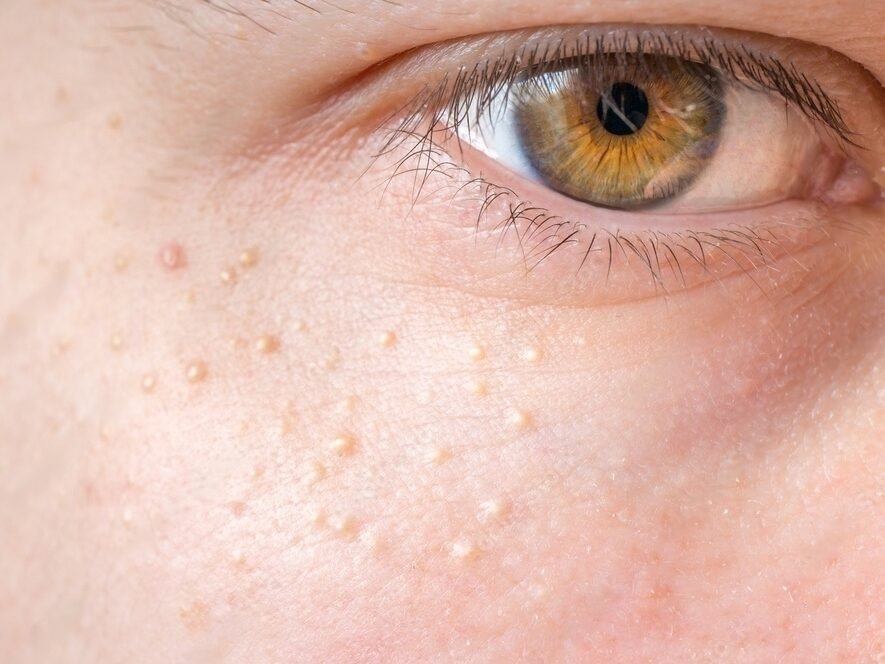
What exactly are milia? Milia are small, white bumps under the skin caused by a buildup of keratin.
When it comes to dealing with milia . I often see people on TikTok using a tool called “Extractor Tools“
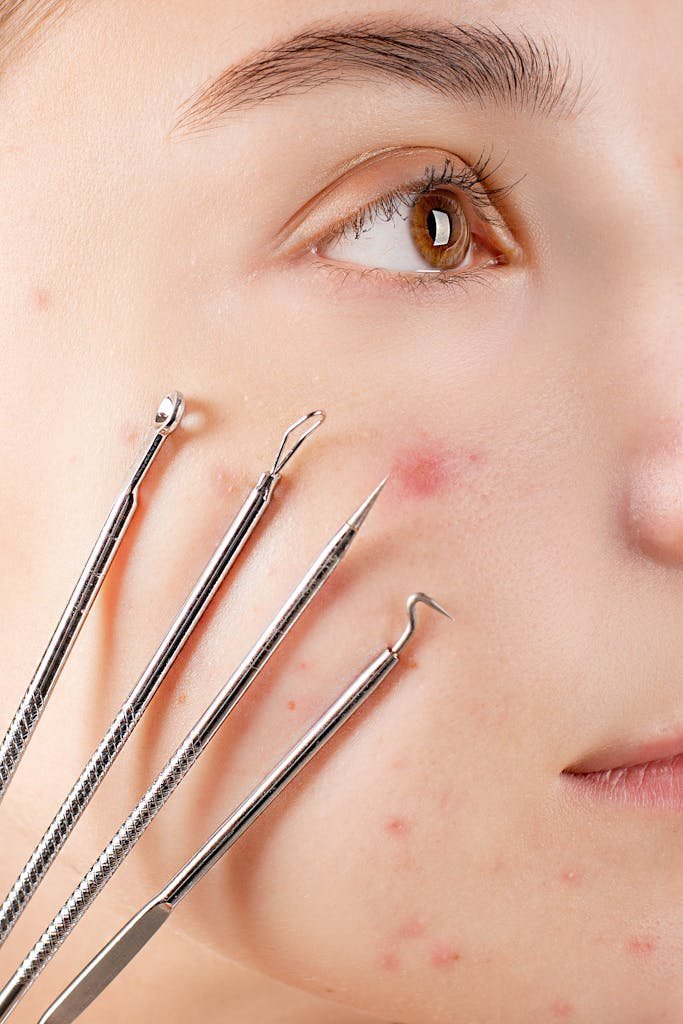
However, it’s important to note that using this tool can be risky and should actually be illegal in the wrong hands. I’ve even struggled to control myself with it – a few years ago, I went overboard trying to remove milia on my nose and ended up with a scab that lasted for weeks, which definitely wasn’t a good look. So, even though I’m a professional, I now leave this task to my fiancé, who is also a professional in the field. Even if you’re a pro, don’t try to use it on yourself, alright? OCD tendencies can make it hard to resist the urge. Trust me, it’s not worth the risk.
milia vs. whiteheads
Milia isn’t the same as a whitehead or pustule. Whiteheads and pustules are pretty much the same thing. How do you tell them apart? Well, a whitehead or pustule has pus inside, while milia is like a hard little sack. Another thing, a whitehead or pustule usually comes with some redness around it, but milia doesn’t. And lastly, whiteheads or pustules are often linked to acne, but milia can be something you inherit from your family (which is kinda annoying, I’d rather inherit cash than skin problems, just saying).
underlying causes of milia
One of the key factors causing milia is genetic predisposition. As I mentioned before, milia can be genetically predisposed, meaning if your family members have it, there’s a good chance you’ll have it too. Additionally, milia can also be caused by sun damage over time and smoking. It’s worth noting that milia have nothing to do with pores or infections, so don’t waste your money on antibiotics; they simply won’t help with milia. Unlike whiteheads or pustules, which antibiotics may help with, milia are more about overproduction of sebum and other factors leading to inflammation and the formation of small pustules.
how to prevent milia?
So, how do you prevent milia? If you’re someone who gets a lot of them, you need to be consistent with your skincare routine. Consistency over intensity is key because if you’re overly harsh with your skincare routine and you break your skin barrier, you might end up forming more milia. For instance, people who undergo really harsh chemical peels or experience a lot of trauma to their skin, such as laser treatments like Fraxel, may find themselves predisposed to getting more milia afterward. Therefore, I’d recommend being consistent but less intense—that’s number one.
Regular exfoliation with a gentle chemical peel can be helpful, even though it might seem contradictory to maintaining your skin’s barrier. However, if it’s a low percentage, like this one by Saturday Skin with four percent glycolic acid, it’s safe enough to use frequently, even up to five to six times a week. Just ensure you apply it only at night. I prefer glycolic acid for milia because it can penetrate deeply into the skin where keratin, the culprit behind milia, tends to accumulate.forming these small cysts, which is why glycolic acid is my go-to.
Hydrating your skin is also essential for managing milia, despite what you might think. it’s important not to let your skin dry out because dry skin only worsen the condition, so make sure to keep your skin adequately moisturized. Unlike blackheads, which can be aggravated by too much moisture, so you gotta find a middle ground making sure to maintain hydration to avoid worsening the condition.
For more severe cases, heavy-duty prescription strength tretinoin comes into play for milia. You want to ensure your skin consistently regenerates itself in a healthy manner over time. Prescription strength tretinoin is more effective than over-the-counter retinol because it’s already active upon application, making it more efficient at breaking down keratin buildup and preventing cyst formation.
how to “treat” whiteheads?
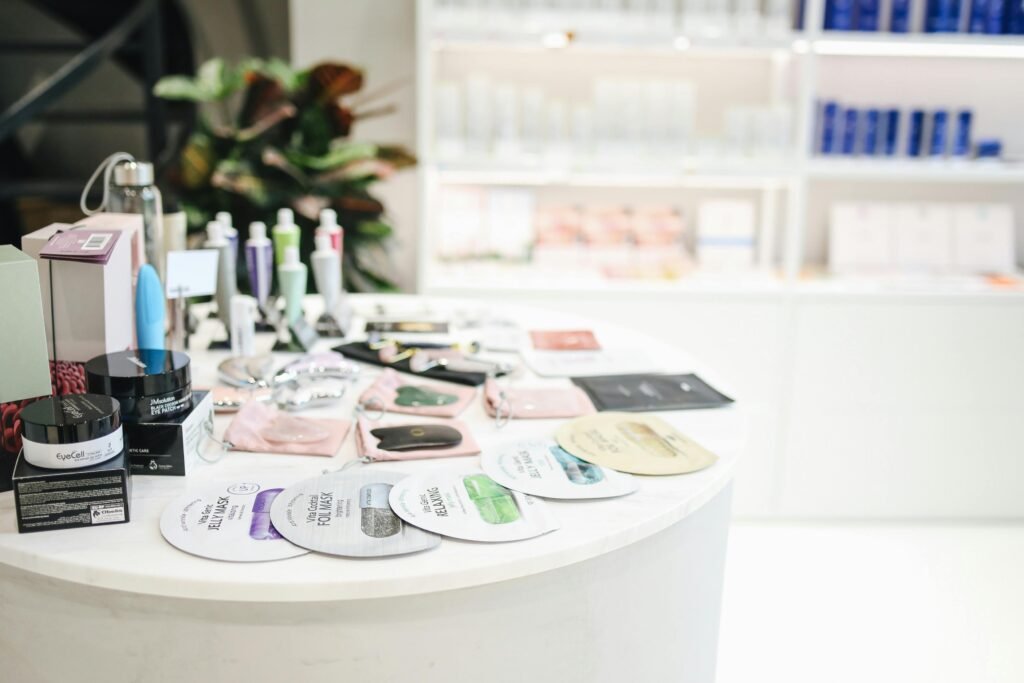
Now, I have recently seen a whole trend utilizing hydrocolloid patches on your nose. But let me clear something up right away: they won’t do much for milia, sorry. However, they might be handy for dealing with whiteheads or pustules.
So if you have a lot of whiteheads or pustules, I particularly like these ones by Starface. You can be loud and proud utilizing them on your face. But if you are somebody who just doesn’t have it in you to just flaunt it like that, then I will say Hero Cosmetics as well as Cosrx has smaller ones and much more discreet acne pimple patches that work well for these little whiteheads and pustules.
The trick though, If you’re using hydrocolloid patches, especially if you have a lot of little pustules on your forehead or chin, leave them on your face for the recommended six hours (yes you heard me six hours) or overnight. Then, follow up with a clay mask.
I personally like the April Skin triple-absorbing oil clay mask , it has a combination of acids that can help break through the oil. The reason you want to use a clay mask is because they pull out impurities and can help reduce oily skin.
Another option I’ve also tried is the one by Philosophy Purity Made Simple Pore Extractor Exfoliating Clay Mask. Although I don’t use it often – it’s actually my fiancé’s favorite –I gave it a shot when I ran out of my usual April Skin one. Surprisingly, it delivered excellent results. The only difference I might note between the two is the price; the one my fiancé uses is pricier . But if you want something budget effective, just go with the April Skin one. You don’t need to spend extra money on products that essentially do the same thing. So, these are two clay masks that I think are helpful to use after you’ve used a hydrocolloid patch.
Now, consistently using hydrocolloid patches on the nose for pores over time isn’t a good idea, I do not recommend. It’s just going to draw out a lot of gunk but it doesn’t address the root issue. It’s more of a temporary fix rather than a long-term solution for pore problems.
The Bottom Line
I hope this article has clarified the distinction between blackheads, whiteheads, and milia. They may seem similar, but each has its own unique characteristics.
Your feedback is valuable, so please don’t hesitate to ask questions or share your thoughts. I’d love to hear from you!
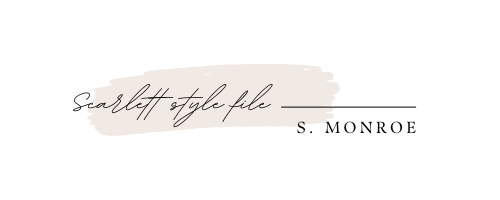
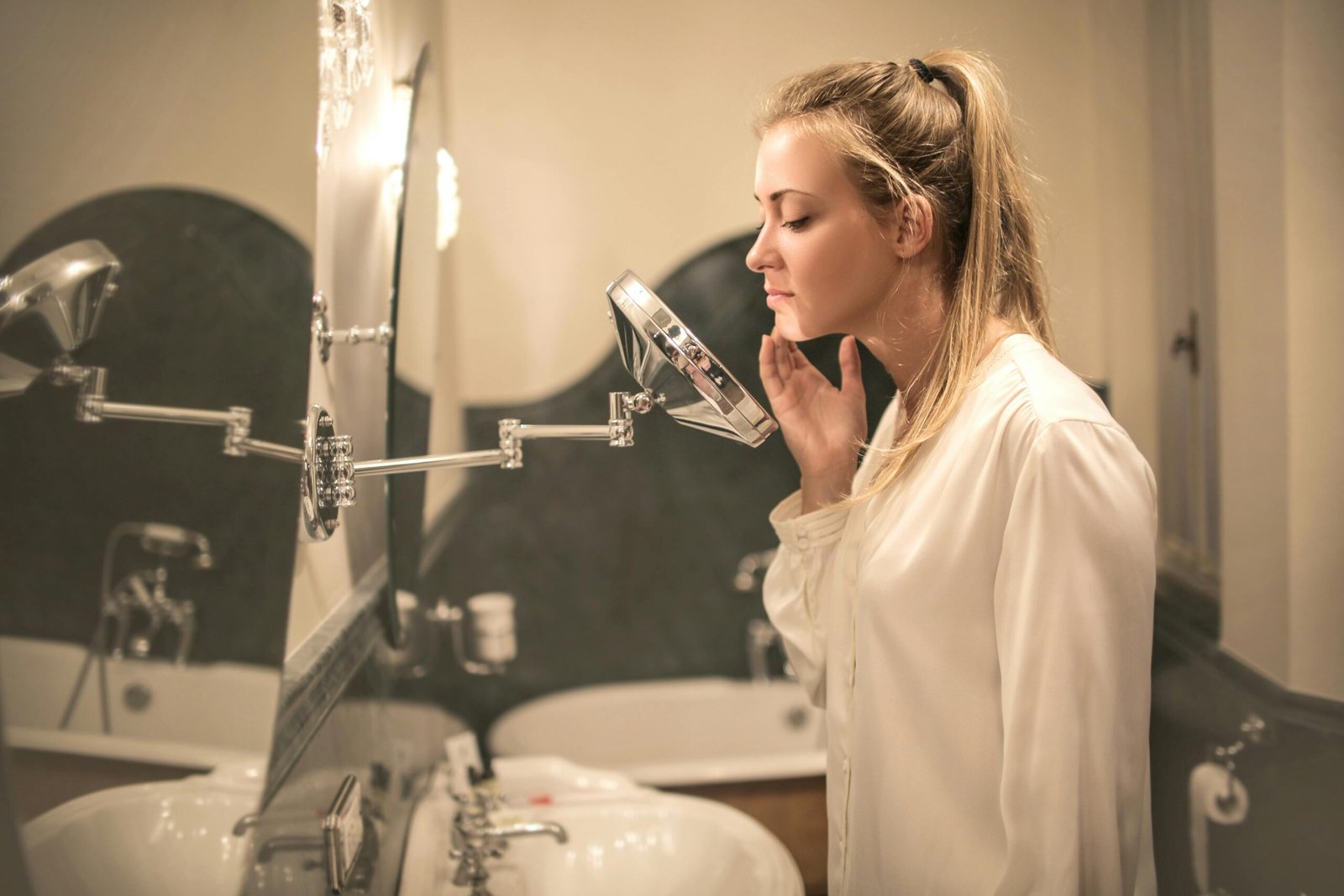
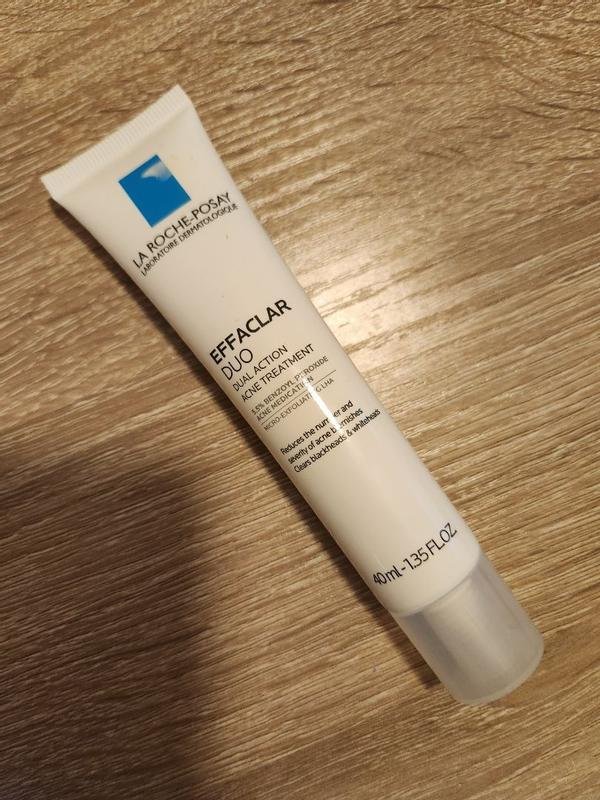
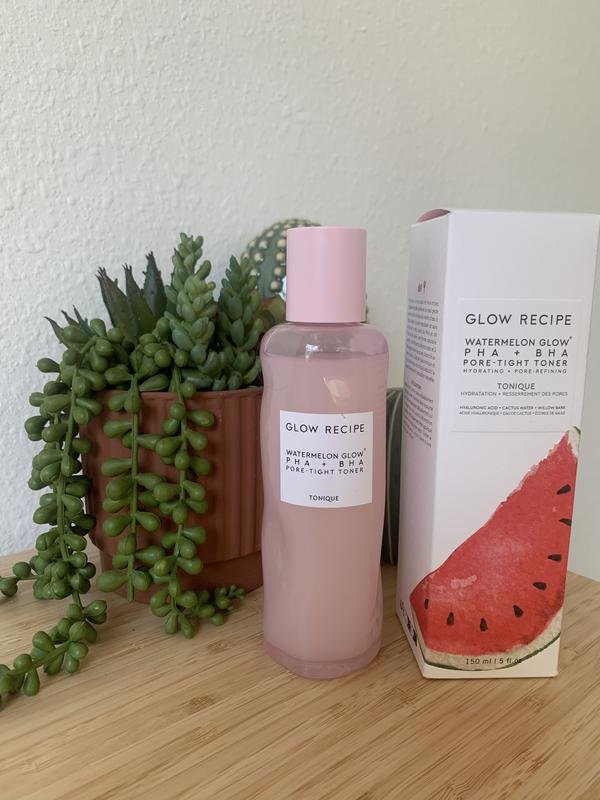
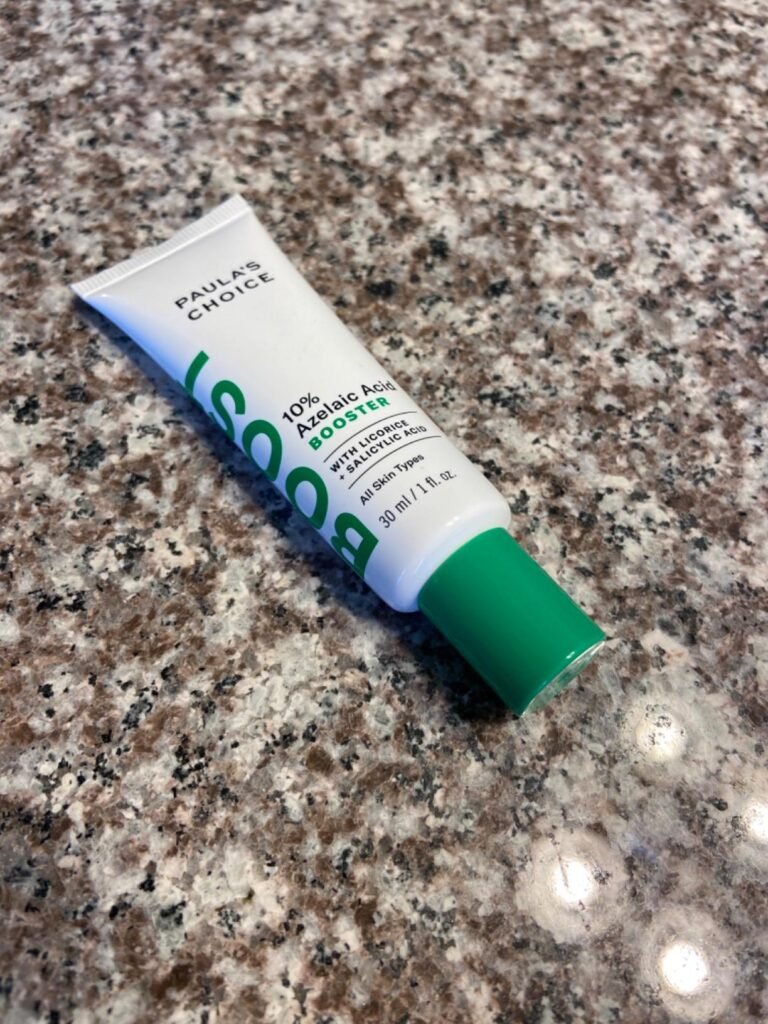
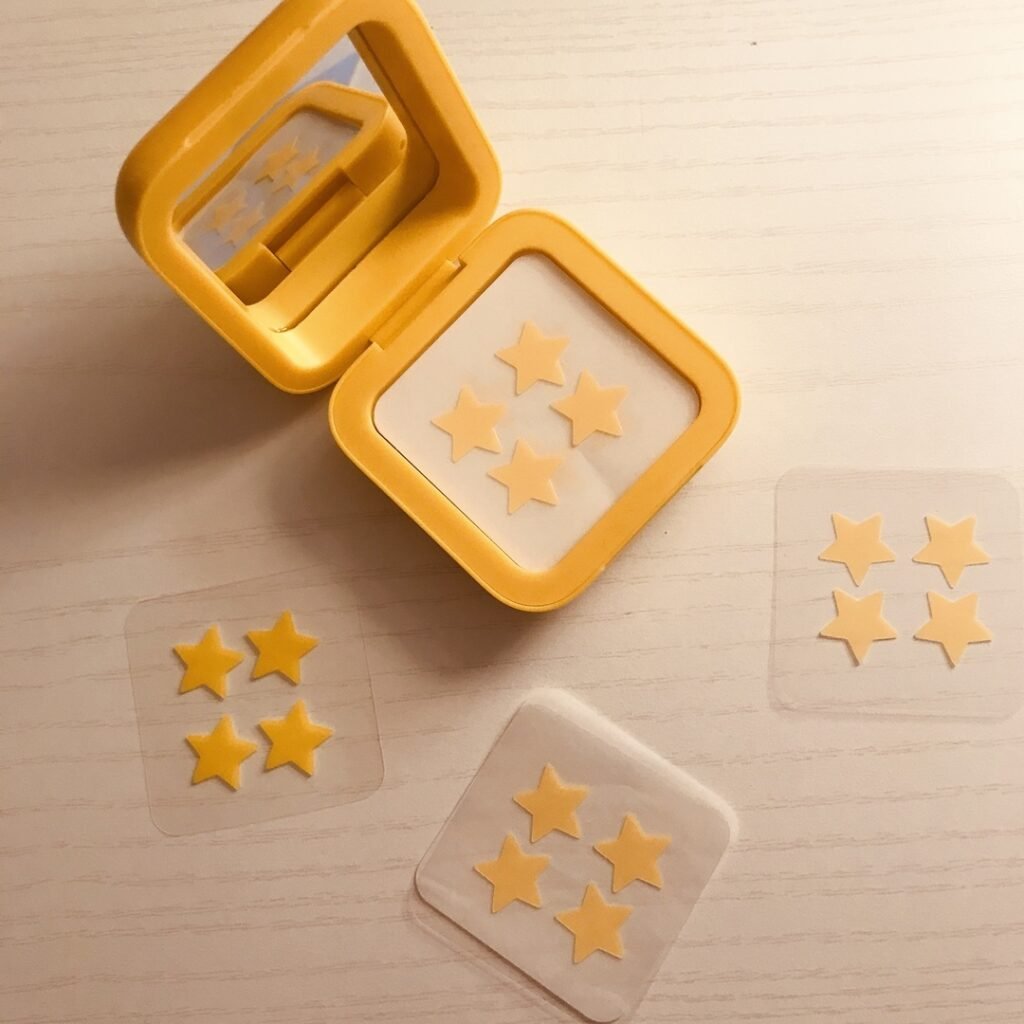
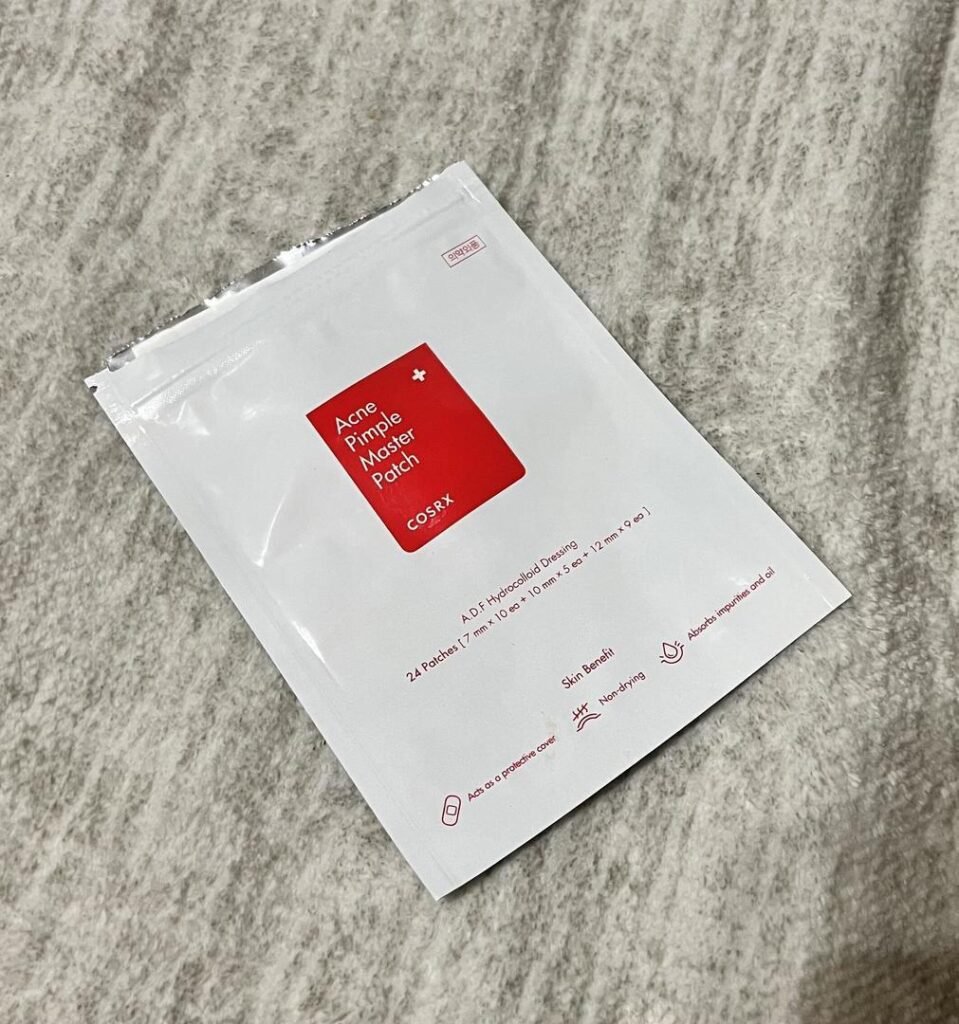
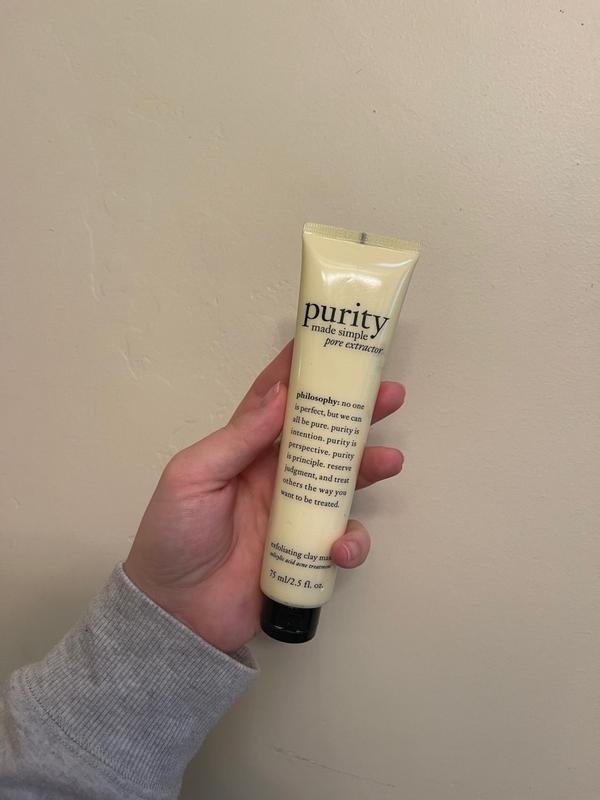
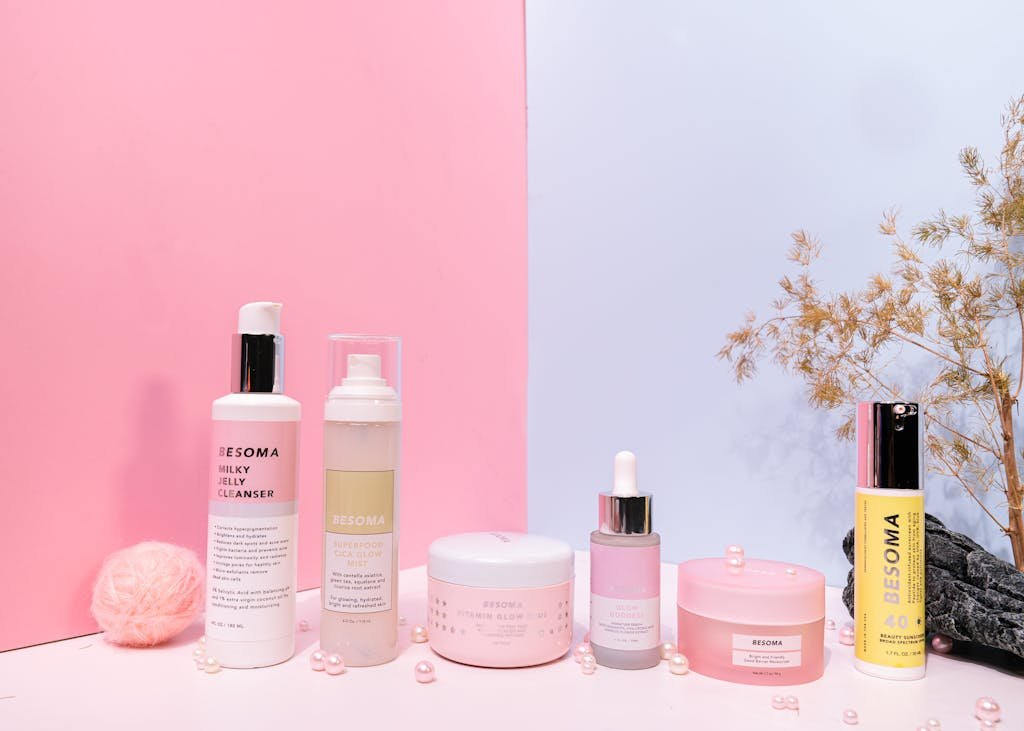
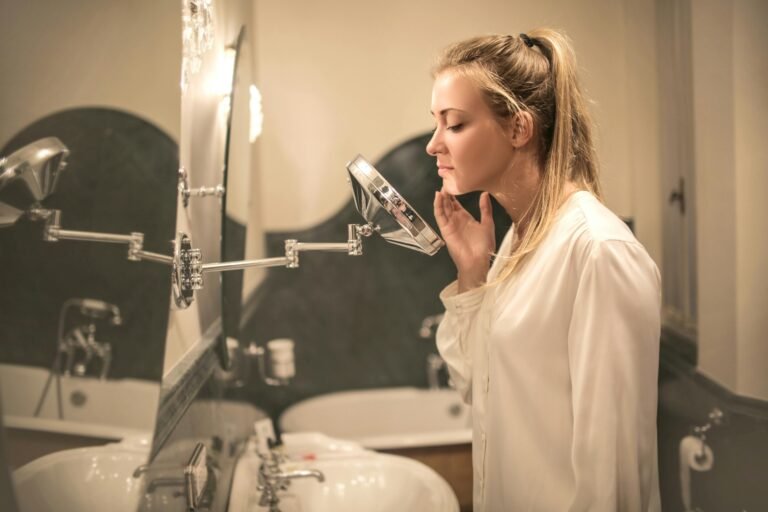
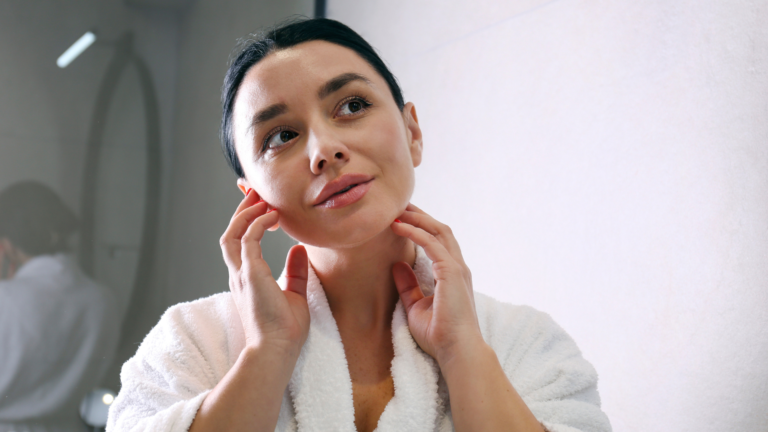
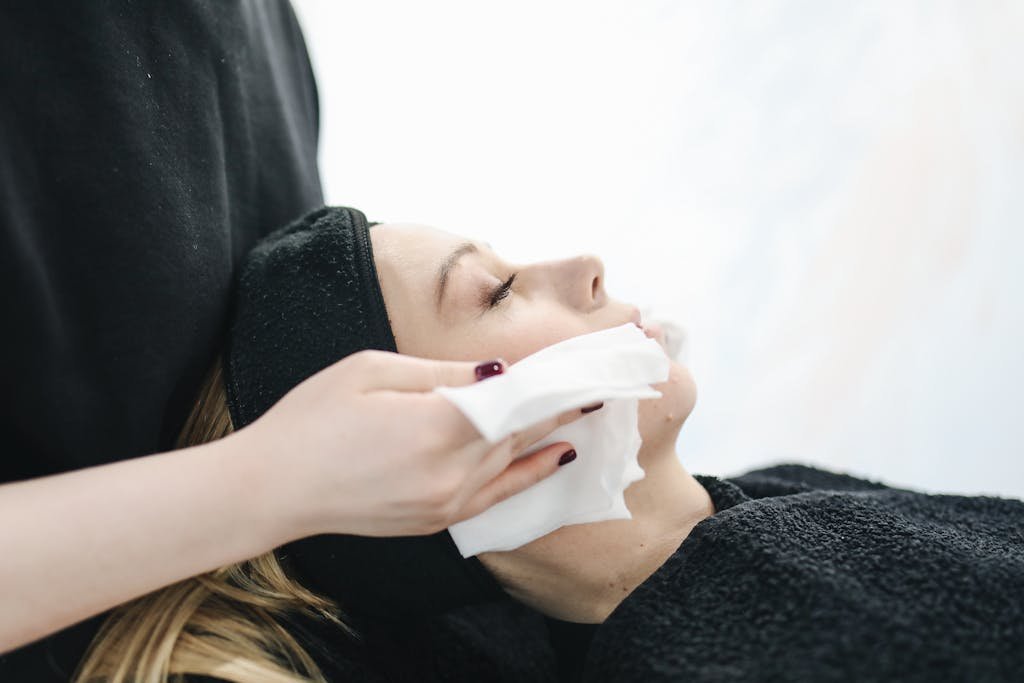
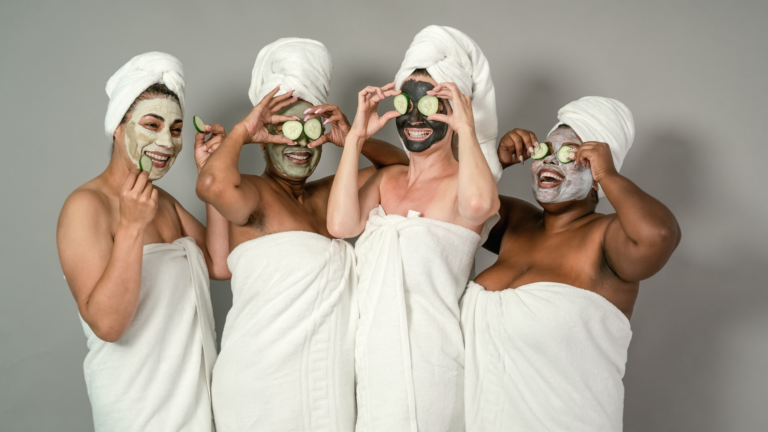

2 Comments